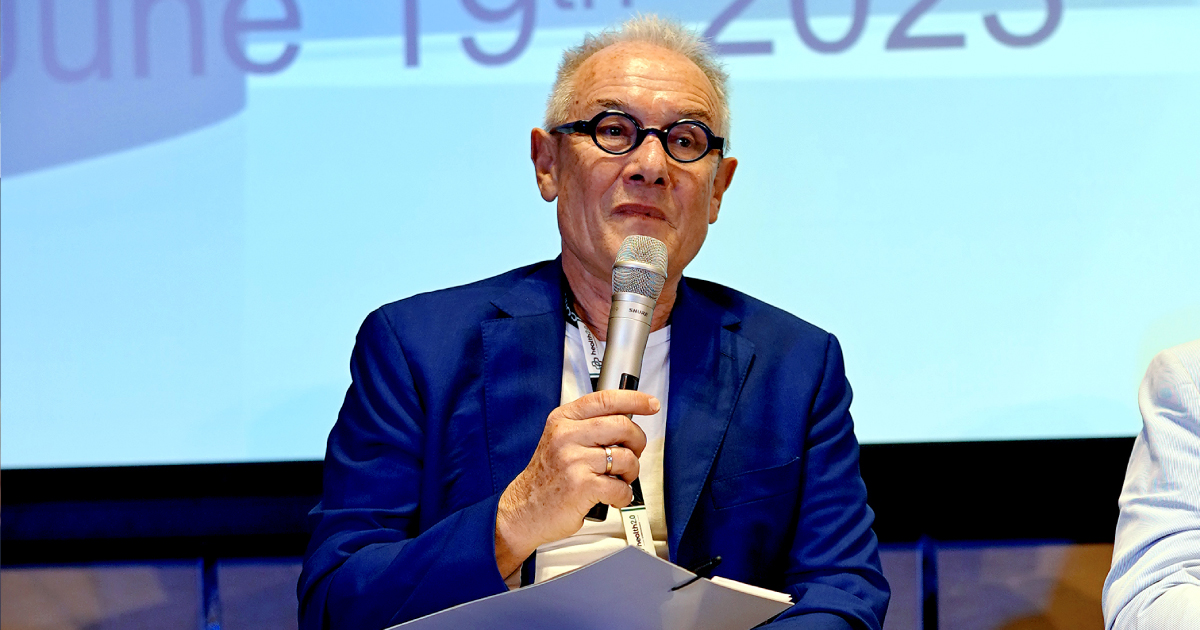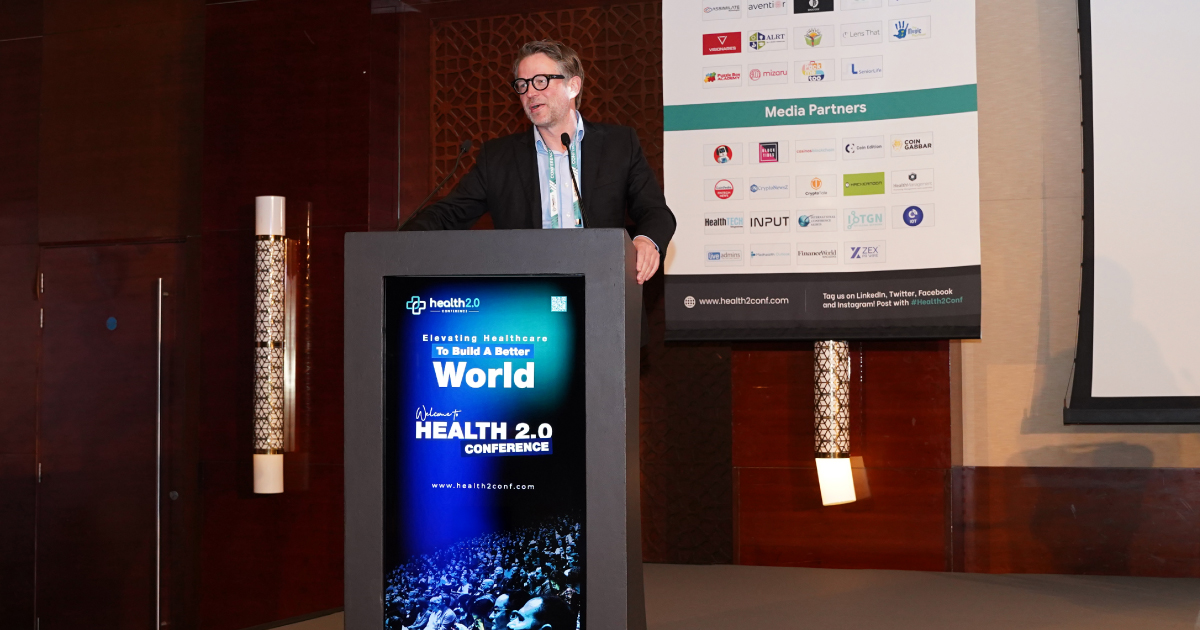The COVID-19 pandemic fuelled unprecedented changes in the healthcare industry. Doctors and nurses around the world had to deal with a sudden, overwhelming surge of patients, which inevitably led to hospitals being filled to capacity.
In addition to this, it was a race against time for healthcare, pharma, and life sciences experts who had to buck up and develop vaccines to tackle the new virus as well as ensure that supply chains of drugs, medical equipment, and health essentials remained unaffected. Keeping all these developments in mind, it would not be an exaggeration to say that the pandemic ushered in a revolution in the U.S. healthcare system.
As discussed at several post-COVID healthcare conferences in Dubai, we have been acquainted with existing gaps in the system which affect care quality and play a role in increasing healthcare disparities. But, on the other hand, it has also presented solutions and valuable lessons. In this blog, we will highlight two important strategies which can help boost healthcare access in this post-COVID era:
Paying attention to evidence-based care and new technologies
As the novel coronavirus spread across the world, the research world stepped up to find treatment models and vaccines. This can easily be seen through the rise in publications, clinical studies, and interest in new findings. Earlier, it used to take years for new treatment plans and breakthroughs to actually be implemented in hospitals and clinical settings. However, with COVID-19, the waiting period became just a few days. Now, it also takes lesser time to enroll candidates for new trials and to develop drugs and vaccines. This was possible because the excessive red tape was done away with, keeping in mind the urgency of the situation.
Here, we should also note that AI and ML tools were put into use for research and vaccine development purposes like never before. This practice has to be carried out in other specialties too. By continuing to embrace new technologies and by staying up to date with the latest research in the post-COVID era, healthcare practitioners can usher in better diagnoses and enhanced patient outcomes.
Embracing telehealth
While telehealth existed before COVID-19, it became mainstream in the U.S. only in 2020. Because of social distancing guidelines, thousands of individuals had to cancel minor surgeries and seek out virtual appointments for their healthcare needs instead.
The wide adoption of telehealth by hospitals in the U.S. proved to be a boon for people living in underserved regions as they could reach out to top healthcare professionals from the comfort of their homes. Experts at healthcare conferences in Las Vegas have predicted that the increase in demand may fuel innovations in this field and lead to public-private partnerships in the very near future. All of such endeavors will not only help decrease the workload of nurses, but will also ensure that patients get timely attention and care.
These are just a few suggestions to ensure ease of access to healthcare for all. To know how the healthcare system is changing and the instruments fuelling the transformation, do make time for premier healthcare conferences in the USA, such as the Health 2.0 Conference.














